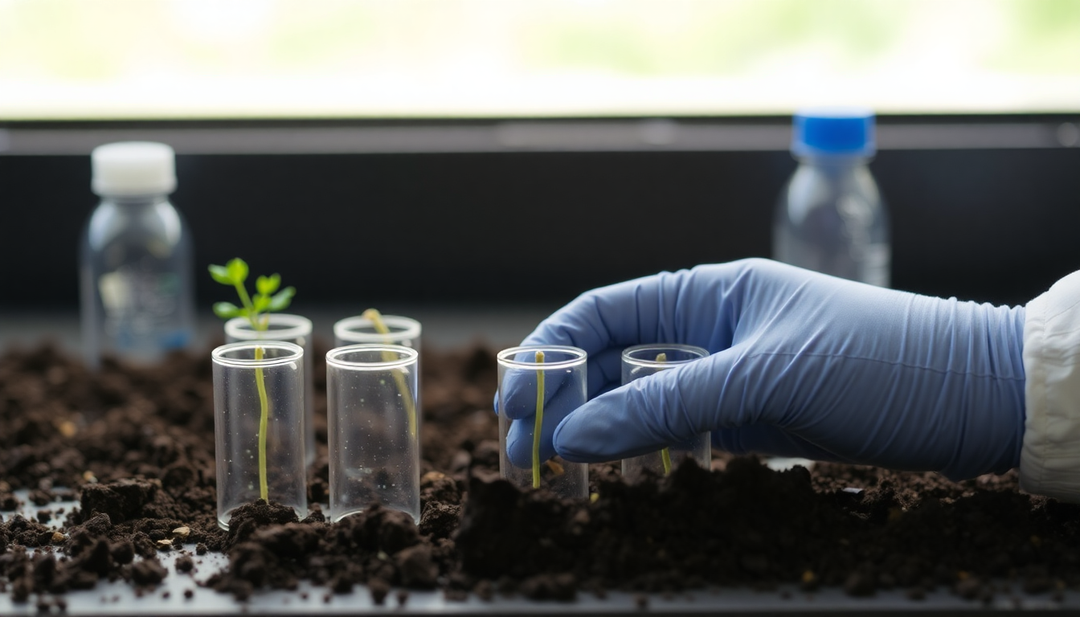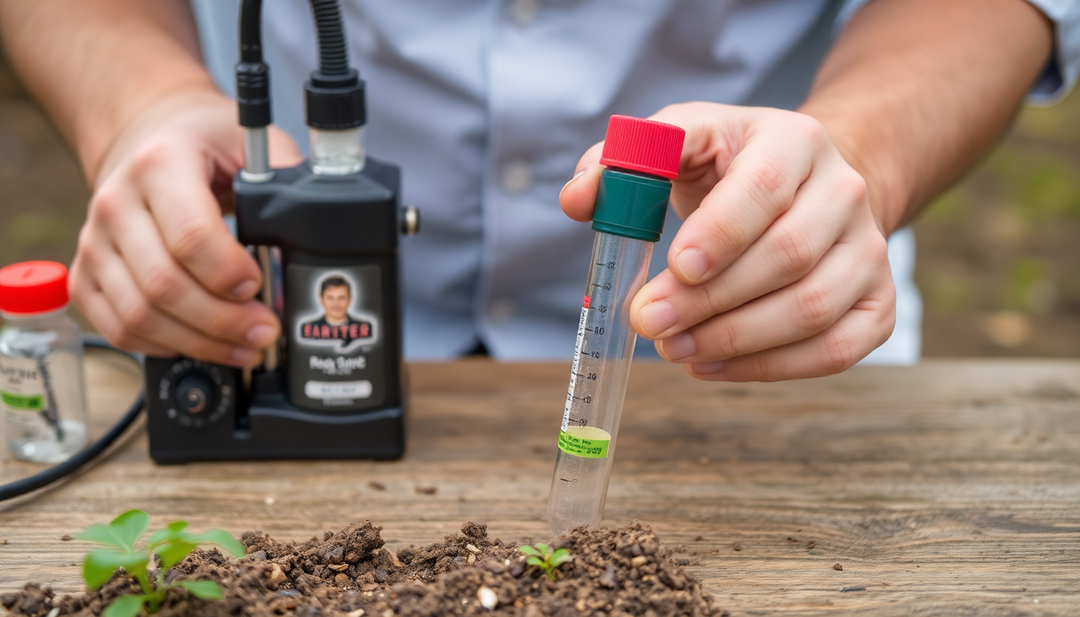Soil Pollution: Causes, Effects and Solutions for a Healthy Environment in 2025

Introduction
Soil pollution has become a major issue in our contemporary world, affecting not only the quality of our environment, but also human health and biodiversity. In 2025, it is crucial to become aware of the causes, effects, and solutions to this pressing issue. Growing awareness of the dangers of soil pollution is driving us to take action to preserve our planet for future generations.
Causes of soil pollution
Soil pollution can be attributed to a variety of factors, primarily human-caused. Here's an overview of the main causes:
- Agricultural chemicals: The excessive use of pesticides and chemical fertilizers in modern agriculture contributes to soil degradation. These chemicals, although designed to increase yields, can contaminate soils and harm essential microbial life.
- Industrial waste: Toxic waste from industries, particularly heavy metals and chemicals, pollutes the soil. Abandoned industrial sites are often contaminated areas, requiring special attention.
- Household waste: The unsorted and accumulation of organic and inorganic waste in landfills contaminates the soil. Unregulated landfills release leachate, which is a polluting fluid that has adverse effects on soil and groundwater.
- Urbanization: The expansion of cities leads to the destruction of agricultural land and soil sealing. The construction of new infrastructure contributes to soil saturation with pollutants.
- Mining: Mining activities disturb the soil and can release toxic substances. Mine tailings, often left behind, are a major source of pollution.
Effects of soil pollution
The consequences of soil pollution are numerous and varied, affecting not only the environment, but also human health and the economy. Here are some of the most worrying effects:
- Health Impact: Soil contamination can lead to health problems such as respiratory diseases, cancer, and other serious conditions. Toxic substances in the soil can seep into food chains, compromising our health.
- Biodiversity loss: Pollution harms natural habitats and threatens many plant and animal species. The destruction of ecosystems reduces the resilience of environments to climate change.
- Agricultural land degradation: Soil quality is declining, affecting agricultural yields and food security. Contamination by heavy metals or chemicals reduces soil fertility, making it impossible to grow certain crops.
- Water contamination: Pollutants can seep into groundwater, compromising the quality of drinking water. This can lead to health crises, including waterborne epidemics.
- Soil erosion: Pollution can weaken soil structure, increasing the risk of erosion. This can have devastating effects on farmland and local ecosystems.
Solutions for a healthy environment
Combating soil pollution requires a collective approach. Here are some solutions that can contribute to a healthier environment:
- Sustainable agricultural practices: Encourage organic farming and the use of environmentally friendly growing techniques. Methods such as crop rotation and conservation agriculture can improve soil health.
- Waste management: Promote recycling and waste reduction to minimize the impact on the soil. Composting programs can transform organic waste into valuable resources to enrich the soil.
- Restore soils: Implement programs to decontaminate and regenerate polluted soils. This may include techniques such as phytoremediation, where certain plants are used to extract pollutants.
- Awareness and education: Educate the public about the effects of soil pollution and encourage them to adopt environmentally friendly behaviors. Schools and community organizations can play a key role in this education.
- Government policies: Governments must implement strict regulations regarding industrial discharges and chemical use. Creating protected areas can also help preserve fragile ecosystems.
- Technology and Innovation : Invest in green technologies and innovative solutions to monitor and reduce soil pollution. Soil sensors and drones can help detect contaminated areas.
Conclusion
Soil pollution is a major challenge in 2025, but with collective awareness and concrete action, we can work together to protect our environment. By adopting sustainable practices, raising awareness, and supporting effective environmental policies, we can hope for a healthier future for our planet. Combating soil pollution is not only a necessity, but also an opportunity to build a more sustainable world for generations to come.



